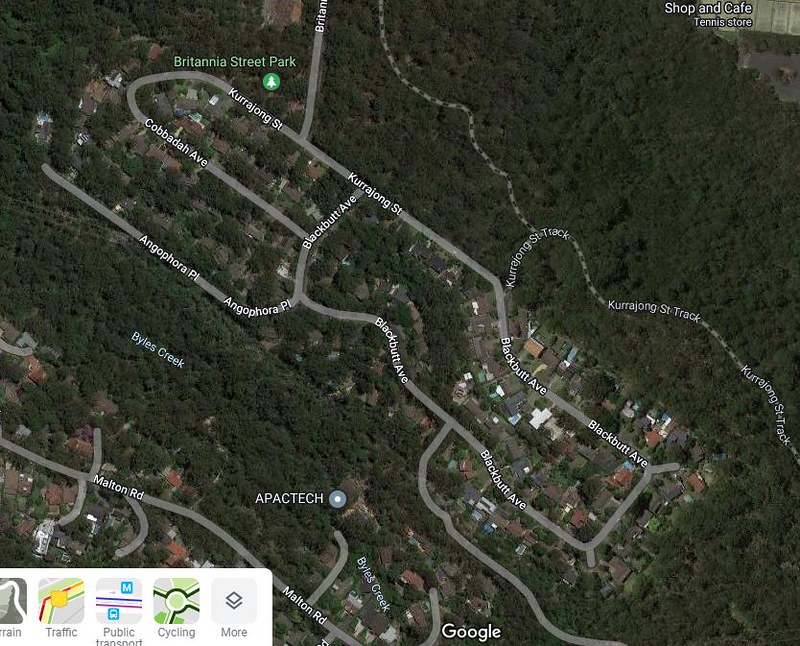Monday, 31 October 2022
SYDNEY DEPARTMENT STORES: Demise of the Hordern Tree (1974)
Saturday, 29 October 2022
Property Advert of the Week: Cheltenham Heights Estate, Pennant Hills (1968)
Some readers may have thought that this advertisement would focus on a housing estate within the suburb of Cheltenham.
Even I was fooled when coming across it and was even being fooled again in preparing this entry.
Below is a newspaper advertisement that was published in The Daily Telegraph on 14 December 1968.
Blocks were on offer in the estate for $5250 which is equivalent to $68 522 today (RBA Inflation Calculator)

Monday, 24 October 2022
SYDNEY DEPARTMENT STORES: The end of Anthony Horderns' (1969)
The demise of Sydney department store chain Anthony Horderns' extends for a longer period of time than what this entry will focus on.
This entry will focus on the sale of Anthony Horderns' in 1969 which marked the end of its existence as a department store chain.
In November 1969, the Brickfield Hill store which had traded for a century closed. This generally went unreported by the newspapers. I could not even find any "closing down" advertisements.
The following month saw its compeitors rival for control:
- Buckinghams Holdings Limited (Buckinghams) - $6 million offer
- Waltons Limited - $9.3 million offer
Developer Stocks & Holdings also joined in the frenzy, offering $8.6 million for the company.
Source: Riggs, C. 1969. "$8.6m city store bid is accepted". The Daily Mirror, December 3: 2.
This proposal had been accepted by the company.
As the fight for control ensued, the company sold its Brickfield Hill site for $8.5 million to the State Superannuation Board.
Source: Anon. 1969. "Hordern's Site Owner Named". The Daily Telegraph, December 24: 1.
On 5 January 1970, Waltons gained majority ownership, when it accquired 36% of the company from its rival bidders - Buckinghams and Tjuringa Securities.
Source: Anon. 1970. "Waltons claims victory". The Daily Mirror, January 5: 26.
Shares in the company (Anthony Hordern & Sons Limited) were delisted from the Sydney Stock Exchange on 8 April 1970, completing the take over process
Source: Anon. 1970. "The last day for Anthony Hordern". The Sun, April 8: 68.
Hordern's Mid City Store closed in 1973.
Saturday, 22 October 2022
Property Advert of the Week: Willoughby Homes - "The Victoria" (1966)
Below is a newspaper advertisement promoting "The Victoria" by Willoughby Homes from 1966. This model home was on offer for £4159 ($8318).
Note: Goods and Services could be sold in pounds, shillings and pence for a two year period following the introduction of decimal currency in 1966.
Source: Willoughby Homes Pty. Ltd. 1966. "The Victoria" (Advertisement). The Daily Telegraph, October 15: 28.
Monday, 17 October 2022
SYDNEY DEPARTMENT STORES: Waltons Town Hall closing day (1987)
Saturday, 15 October 2022
Property Advert of the Week: Craiglea, Kirribilli (1996)
Monday, 10 October 2022
1985: Old Como Bridge becomes a footbridge and cycleway
Saturday, 8 October 2022
Property Advert of the Week: The Regis Towers - 1st release (1996)
In 1996, Meriton began construction of the three tower Regis Towers complex. The first release of the 653 apartments in the three towers were on sale.
Prices were:
- 1 Bedroom Loft Style Apartments - From $245 000
- 2 Bedroom Apartments - From $320 000
- 3 Bedroom Apartments - From $390 000
Monday, 3 October 2022
1970: No Lovin in our new plaza (Martin Place)
During the trial closure of Martin Place between George Street and Pitt Street in 1970, Sydney City Council raised concerns about kissing and cuddling after several complaints were received by the public to Sydney City Council.
It wasn't just those who wanted to show their affection, but also, "lay-abouts", "no-hopers", hippies and Hare Krishnas raised concern. Referred to in the article as a "religious sect", the Hare Krishnas raised concern as they engaged in "singing, cymbals clashing and bongo drum thumping".
The view was that Martin Place was only suited to a "better class of people" who did not need to be subject to "molestation or nuisance".
Simply, the vision for who could access Martin Place by some was that people that were seen as either lazy, unemployed, lacked success in their life, held a low position in society or not seen as conforming to what was regarded as acceptable to society were not welcome, along with those who wanted to use the space to show their affections for one another.
It was disappointing to read that some held such a view. Public spaces such as Martin Place are meant to be open for all to use. It is a gathering place for all groups. Consider the protests and rallies that either travel through Martin Place or occur within the space. Music is in fact encouraged yet in 1970, it was being discouraged.
To quote "lay-abouts", this suggested that the unemployed were not welcome. Perhaps this may have extended to those who had a job but were not seen as productive. Sadly the reference to "no hopers" indicated that those that were seen as "unsuccessful" or were likely to "fail" were not welcome













